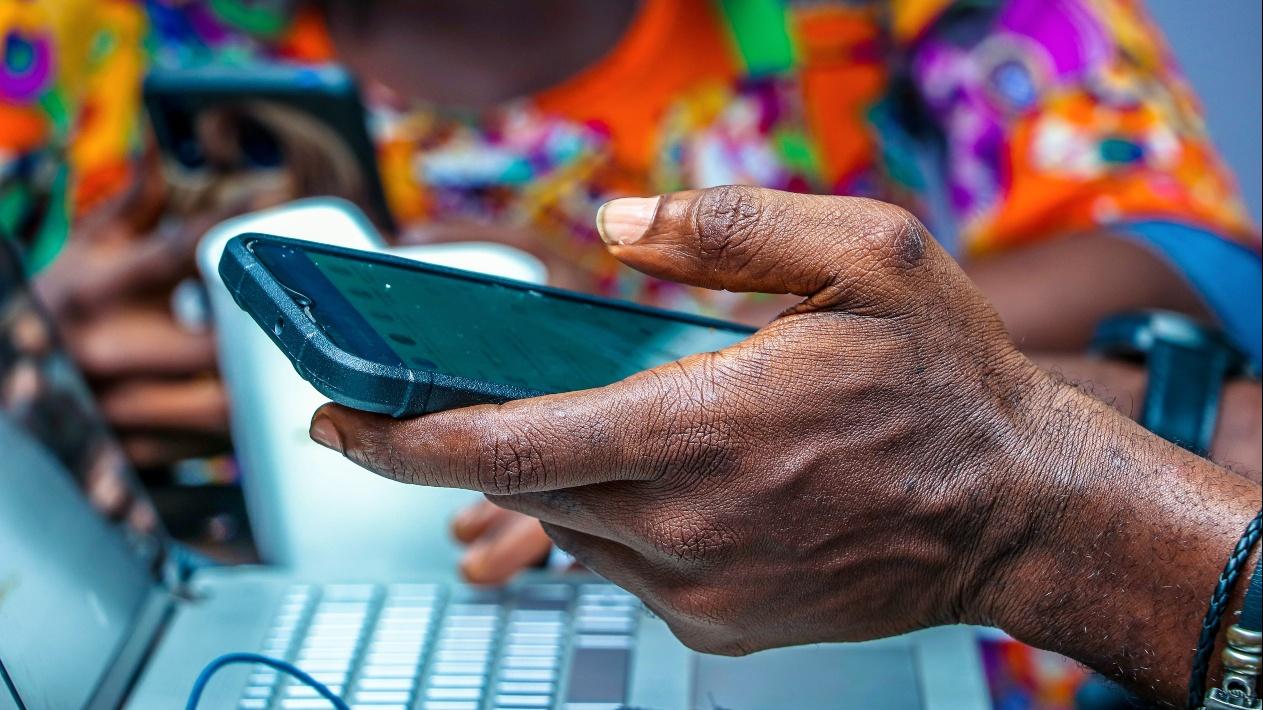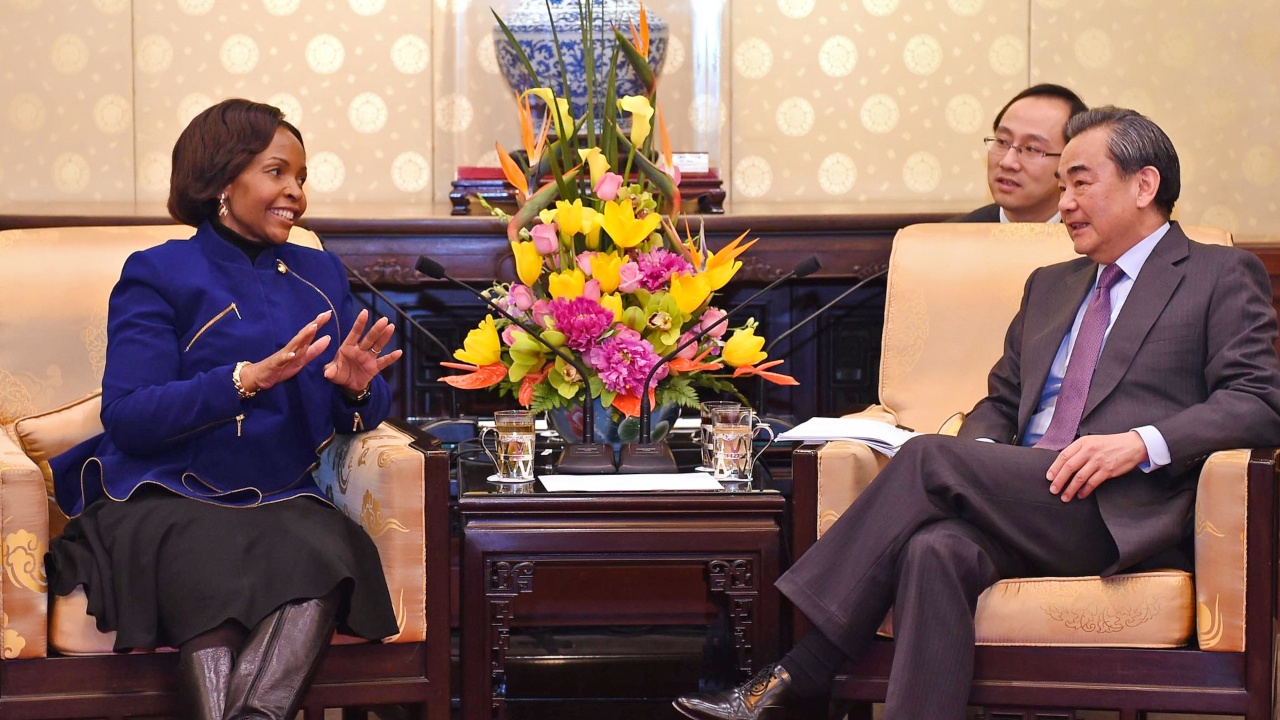The FOCAC partnership platform between China and Africa has produced increasingly deep and complex relations between regions. Africa has benefited from significant investments and China has developed extensive soft power. In its 22nd year, Shirley Ze Yu looks at four stages in FOCAC’s evolution and how they shaped the China-Africa relationship today.
This is the first of two parts exploring the history and purpose of the FOCAC partnership between China and Africa, and part of the China-Africa Initiative series with the Firoz Lalji Institute for Africa.
The Forum on China-Africa Cooperation (FOCAC) was established in 2000 as a uni-multilateral partnership platform between China and 53 African states (all African states except Eswatini, which maintains diplomatic relations with Taiwan). Of the many partnership platforms Africa has today with a single external actor, FOCAC remains the most strategically intertwined and far-reaching in its depth, scope and level of cooperation. In theory, the Forum creates a form of multilateralism in which all countries are equal partners, but the comparative weight of China’s state capacity effectively dictates 53 pairs of bilateral relationships under a single architecture.
So why was FOCAC created and what was it meant to stand for?
Contrary to the conventional belief that FOCAC was initiated by China, the Forum was created in response to a proposal by the then-African leader Madagascan Foreign Minister Lila Ratsifandrihamanana. The new organisation would see China emulate other Western nations who were steps ahead in partnering with Africa, most notably the Commonwealth Heads of Government Meeting, the Africa-France Summit, the US-Africa Business Forum, the EU-Africa Summit, the Tokyo International Conference on Africa Development (TICAD) and others.
Contrary to the ad hoc nature of the EU-Africa Summit or Japan’s TICAD, FOCAC has been institutionalised with a clear operating architecture since inception, following two years of initial incubation. FOCAC has evolved from a forum of diplomatic exchange and development-centric body to a comprehensive economic-political-security-soft power nexus, which advances China’s long-term vision in Africa. It features triannual ministerial-level meetings with core secretarial responsibilities housed in the Ministries of Foreign Affairs, Commerce and Finance.
FOCAC’s evolution
The inaugural FOCAC meeting was convened in 2000 during Chinese leader Jiang Zemin’s era. In 2006, FOCAC gathered over 40 heads of states or governments from Africa for the first time, overseen by then Chinese President Hu Jintao. Its elevation during the Xi Jinping era from 2013 to an all-encompassing strategic uni-multilateral framework spanned issues on health, the environment, trade, finance, security, politics, ideology and human development.
Among the eight FOCAC Forums held during this period, three were elevated to a China-Africa Leaders’ Summit, attended by heads of state and government: the 3rd FOCAC in 2006 in Beijing, the 6th FOCAC in 2015 in Johannesburg and the 7th FOCAC in 2018 – again in Beijing. Not coincidentally, each summit redefined the form and scope of the uni-multilateral relationship.
Today, FOCAC has grown far beyond a single development parameter. It has become the quintessential component of China’s grand strategy for the global South. In Africa, in contrast to the continent’s old colonial powers, China’s soft power has deepened alongside its hard power.
Up until 2021, the Forum’s 21st year, FOCAC’s history can be divided into three historic, incremental phases. A distinct fourth phase has just begun.
The first phase of FOCAC: 2000-2006
Until 1996, four years prior to FOCAC’s creation, China’s level of wealth as measured by per capita GDP trailed that of sub-Saharan Africa. China was a marginal player on the world stage, with scant economic presence on the continent. FOCAC’s priority in 2000 was therefore deeper trade engagement. A grander relationship was inconceivable given China’s capacity. At the time of FOCAC’s first ministerial meeting in late 2000, China was on the cusp of accession to the World Trade Organisation, which subsequently enabled it to become the world’s largest exporter within the next decade and assume the title of the ‘World’s Factory’.
In contrast to Beijing’s global trade strategy at the time, which was overwhelmingly aimed at driving Chinese exports and a current account surplus, FOCAC’s trade agenda was always to attract more imports from Africa. At the second FOCAC meeting in 2003, China offered tariff-free imports from Africa’s least developed countries (LDCs). By the 2006 FOCAC Summit in Beijing, over 440 items from the LDCs could be exported tariff-free to China. Two-way trade with Africa expanded 5.2 times during this period.
The second phase of FOCAC: 2006-2015
During this second phase, China advanced the partnership’s economic cooperation from trade-only to encompass foreign aid, direct investment, development finance and, since 2013, continental-scale infrastructure building under its Belt and Road Initiative.
At the 2006 FOCAC Summit, then-Chinese President Hu Jintao pledged to double China’s financial aid and offered $5 billion of preferential loans and credit to Africa over the next three years. This debuted China’s ballooning presence as Africa’s creditor.
In 2007, the China-Africa Development Fund was established, boosting China’s foreign direct investment (FDI) across Africa. Chinese companies were led to develop special economic zones, free trade zones and industrial parks on the continent; the next wave of trade growth needed an efficient supply chain and upgrades in production capacity. China’s FDI in Africa grew 3.5 times between 2006-9 and by this point China became Africa’s largest trade partner.
Upon the initiation of China’s Belt and Road Initiative in 2013, China furthered its role as a direct contributor to Africa’s infrastructure building, prioritising power grids, special trade zones, ports, transportation routes and other prestigious projects, in which China provided a full range of capabilities including finance, construction, management and, often, equity partnerships. The infrastructure programme fundamentally remained physical over this phase of FOCAC, only to pivot towards digital from 2015 onwards.
The third phase of FOCAC: 2015-2021
Over the period from 2015-21, China asserted security and political partnerships with Africa as core pillars of FOCAC and envisioned a ‘China-Africa Common Destiny’ – a China-posited ideational framework of an alternative global destiny. Africa was the first global region that China conceives as a quintessential sphere of its ‘China Vision’.
The uni-multilateral partnership was raised to a new, comprehensive level at the 2015 Summit, where Chinese President Xi Jinping strengthened the commitment to mutual political trust and ‘mutual security assistance’.
Over this period, China established multiple sub-categories of the China-Africa cooperation mechanisms. These include the China-Africa People-to-People Forum, China-Africa Youth Leaders Forum, China-Africa Health Ministers Forum, China-Africa Media Cooperation Forum, China-Africa Poverty Alleviation and Development Forum, China-Africa Legal Forum, China-Africa Local Government Cooperation Forum and China-Africa Think Tank Forum. These civic engagements naturally score Chinese soft power in Africa, in sectors ranging from education, media, law and political mentoring to rural development.
At the 2018 Summit, where 50 African heads of state and government were present in Beijing to accelerate the FOCAC agenda, Xi Jinping further named political cooperation an essential task for the partnership platform. Xi asserted China’s support for African countries to explore alternative development paths that suit their national characteristics, implying that China does not promote democracy as the only form of government leading to economic development.
China’s political engagement with Africa instead strives to enlighten a Chinese philosophical path to development: the ‘development-for-peace’ narrative, contrasted with the West’s long-held ‘democracy-for-development’ consensus. By empowering the Communist Party in FOCAC political dialogues with African counterparts, an ideological front has been added to what had previously been predominantly government-bureaucracy exchanges. China offered to train African political leaders in its country on elite university programmes, modelled on the leagues of the Harvard Kennedy School.
Beyond politics, China’s infrastructure development in Africa during this period evolved from the physical to include digital and technology spheres, intended to support Africa’s pursuit of the ‘fourth industrial revolution’. Over this phase, China laid down submarine cable networks along the coast of Africa, providing large parts of the continent with high-speed and low-cost broadband access. China has since developed Africa’s first public cloud, built data storage centres and provided software systems for national governments. China’s technology infrastructure incorporates both hard and soft elements.
China has further ventured in joint space development, and promoted Beidou – a global satellite positioning system comparable to the Google GPS – to support satellite-based services on the continent. Data collected from space has the potential to produce $2 billion a year in benefits for Africa, according to the World Economic Forum.
Since China helped Ethiopia launch its first satellite in 2019, China has partnered resolutely with more African countries in space exploration. Unlike Russia, which considers African countries only space launch customers, China has provided space launch services and financing for countries to acquire satellites; $6 of the $8 billion cost of Ethiopia’s satellite was financed by China. As outer space projects have increasingly become the ambition and pride of rising nations, China’s commitment to Africa’s space missions supports the African dream for this sector.
FOCAC has manifested the ‘China Vision’
From Beijing’s humble defining of FOCAC as a new form of partnership in 2000, to the Forum’s strategic expansion beyond trade engagement in 2006 and its all-encompassing relationship in 2015, China’s enormous growth on the continent has not been coincidental. The China-Africa Common Destiny defined at FOCAC in 2018 was China’s foreign policy holy grail.
As China’s global economic and military prowess further grows, with the country aiming to gradually step into the centre of the world stage by 2049, China has elevated the African partnership to a height none can rival.
But what does this mean for Africa? The continent could become a formidable exogenous force that prototypes Xi Jinping’s China Wisdom (中国智慧) with an alternative path to national prosperity, peace and security – a force without democracy or western political values.
Read the second part in the series on the future of FOCAC.
Photo: Opening ceremony of the FOCAC Summit | Beijing, 3 September 2018. Credit: Paul Kagame. Licensed under CC BY-NC-ND 2.0





